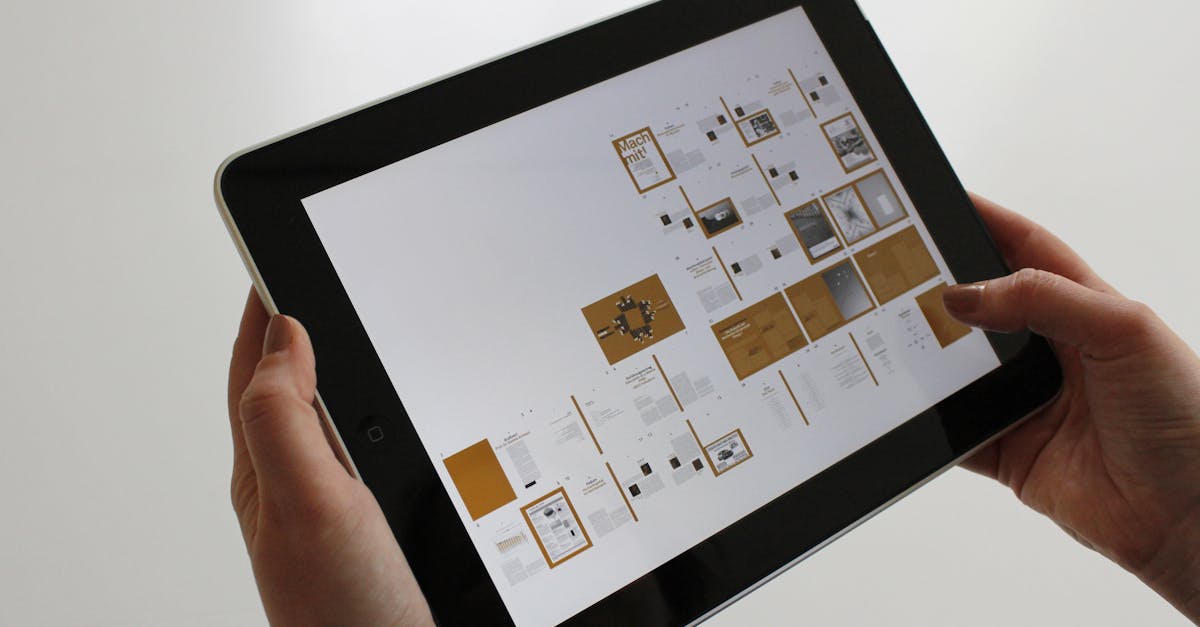Harnessing User Feedback for Golden UX in Online Gold Trading

Introduction
Welcome to the comprehensive guide to user feedback and iterative design in the realm of online gold marketplaces! As you embark on this journey, we’ll explore the paramount importance of user feedback in shaping and refining your platform. From gathering valuable insights to implementing feedback into an iterative design process, we’ll cover the entire spectrum of user feedback management.
Additionally, we’ll delve into real-world success stories and provide you with a curated set of tools and resources to help you effectively integrate user feedback into your marketplace. Embracing user feedback as a guiding force in your iterative design process will not only enhance the user experience but also drive innovation and ultimately lead your gold marketplace to greater heights of success.
Key Insights
-
Keypoint 1: User feedback is crucial for driving innovation, building customer loyalty, and evolving your online gold trading platform to meet changing user needs.
-
Keypoint 2: Use a variety of methods to collect user feedback, including surveys, interviews, user testing, social media monitoring, and online reviews.
-
Keypoint 3: Analyze and interpret user feedback systematically to identify key insights, trends, and areas for improvement.
-
Keypoint 4: Implement feedback into your platform through an iterative design process, continuously refining and improving the user experience.
-
Keypoint 5: Leverage tools and resources, and follow best practices to effectively gather, analyze, and integrate user feedback into your platform’s development.
1. Significance of User Feedback in Online Gold Trading Platforms
Significance of User Feedback in Online Gold Trading Platforms
So, why is user feedback so darn important in the world of online gold trading? Let’s break it down:
-
Innovation Unleashed: User feedback is like a treasure chest bursting with ideas for making your gold marketplace the gold standard. By listening to what your users have to say, you gain invaluable insights into their needs, preferences, and pain points. This feedback fuels innovation and helps you create features that truly resonate with your target audience.
-
Customer Loyalty Forged: When users feel heard and valued, they’re more likely to stick with you through thick and thin. Positive feedback reinforces their belief that they’ve made a wise choice in choosing your marketplace, while negative feedback gives you the chance to address concerns and demonstrate your commitment to improvement. Nurturing customer loyalty is the secret sauce for long-term success in the fiercely competitive world of online gold trading.
-
Evolving Needs Met: The gold market is constantly shifting, and so are the needs of your users. Gathering regular feedback allows you to keep your finger on the pulse of these evolving needs and adapt your marketplace accordingly. By staying ahead of the curve, you ensure that your platform remains relevant and indispensable to your users.
2. Methods for Gathering Valuable User Feedback

Methods for Gathering Valuable User Feedback
Now that we’ve highlighted the importance of user feedback, let’s dive into the treasure trove of methods you can use to collect this precious data:
-
Surveys: Surveys are a tried-and-tested method for gathering feedback on specific aspects of your gold marketplace. Craft thoughtful questions that delve into user experience, satisfaction levels, and areas for improvement.
-
Interviews: One-on-one interviews offer a deeper understanding of user perspectives. Engage in open-ended conversations to uncover insights that may not be captured through surveys.
-
User Testing: Get users to interact with your platform under controlled conditions. Observe their behavior, note their feedback, and identify potential pain points.
-
Social Media Monitoring: Keep an eye on what users are saying about your marketplace on social media platforms. Social listening tools can help you track relevant conversations and gauge user sentiment.
-
Online Reviews: Encourage users to leave reviews on platforms like Trustpilot and Google My Business. These reviews provide valuable feedback and social proof that can influence potential customers.
3. Analyzing and Interpreting User Feedback
Analyzing and Interpreting User Feedback
Once you’ve gathered a wealth of user feedback, it’s time to embark on the treasure hunt of analyzing and interpreting it:
-
Qualitative vs. Quantitative Analysis: Start by categorizing feedback into qualitative (e.g., comments, suggestions) and quantitative (e.g., ratings, survey responses). This will help you understand the nature and depth of the feedback.
-
Identify Key Themes: Group similar feedback together to identify recurring themes and patterns. These themes will point you towards areas that require attention, whether it’s improving a specific feature or addressing a pain point.
-
Prioritize Feedback: Not all feedback is created equal. Prioritize feedback based on factors such as frequency, severity, and alignment with your business goals. This will help you focus your efforts on the most impactful areas.
4. Iterative Design Process: Implementing Feedback

Iterative Design Process: Implementing Feedback
Now, let’s get our hands dirty with the iterative design process, the secret sauce for continuous improvement:
-
Plan: Based on the feedback you’ve analyzed, prioritize areas for improvement and outline a plan for implementing changes.
-
Design: Create prototypes or mockups of the proposed changes and gather feedback from users to refine your designs.
-
Develop: Implement the changes in your gold marketplace and monitor the results.
-
Evaluate: Track key metrics to measure the impact of the changes and identify any further areas for improvement.
This iterative process allows you to make gradual improvements to your platform, ensuring that it continuously aligns with the needs and expectations of your users.
5. Case Studies: Success Stories in UX Improvement
Case Studies: Success Stories in UX Improvement
Buckle up for some real-life inspiration! Let’s dive into case studies of gold marketplaces that have struck gold with user feedback:
-
Case Study 1: This online gold marketplace implemented a user feedback loop that allowed users to rate their experience and provide suggestions. By promptly addressing negative feedback and incorporating positive suggestions, they significantly boosted user satisfaction and loyalty.
-
Case Study 2: Another gold marketplace conducted extensive user testing to identify pain points in their checkout process. Based on user feedback, they redesigned the checkout flow, making it more intuitive and seamless. This resulted in a notable increase in conversion rates.
-
Case Study 3: A third gold marketplace leveraged social media listening to monitor user sentiment and identify areas for improvement. They used this feedback to enhance their platform’s user interface, navigation, and overall user experience, leading to a surge in positive reviews and brand ambassadorship.
6. Tools and Resources for User Feedback Collection
Tools and Resources for User Feedback Collection
Now, let’s equip you with a treasure chest of tools and resources to help you collect, analyze, and act upon user feedback:
-
Survey Tools: Tools like SurveyMonkey and Google Forms make it easy to create and distribute surveys to gather feedback from your users.
-
Feedback Management Platforms: Platforms like UserVoice and Canny allow you to centralize and manage user feedback, track its status, and prioritize based on user impact.
-
User Testing Tools: Services like UserTesting and PlaybookUX provide access to a pool of users who can provide feedback on your platform’s usability and design.
-
Social Media Listening Tools: Tools like Brand24 and SproutSocial help you monitor user sentiment and identify feedback on social media platforms.
-
Online Review Management Tools: Platforms like Trustpilot and Feefo allow you to collect and showcase customer reviews, providing valuable feedback and social proof.
7. Best Practices for Effective User Feedback Integration
Best Practices for Effective User Feedback Integration
Ready to turn user feedback into a gold mine for your marketplace? Here’s a treasure map of best practices:
-
Establish a Feedback Culture: Foster a company culture that values and actively seeks user feedback at all levels.
-
Make Feedback Accessible: Provide multiple channels for users to share their feedback, such as in-app surveys, feedback forms, and social media.
-
Analyze Feedback Regularly: Set up a regular cadence for analyzing user feedback and identifying key trends and themes.
-
Prioritize Feedback: Use a systematic approach to prioritize feedback based on factors like frequency, severity, and alignment with business goals.
-
Respond to Feedback Promptly: Acknowledge and respond to user feedback in a timely manner, even if you can’t implement their suggestions immediately.
How often should I gather user feedback?
The frequency of feedback collection depends on the size and dynamics of your marketplace. A good starting point is to gather feedback on a quarterly basis or after significant platform updates.
What should I do if I receive negative feedback?
Negative feedback can be invaluable for identifying areas for improvement. Treat it as an opportunity to understand user pain points and address them promptly. Acknowledge the feedback, apologize for any inconvenience, and outline steps you’ll take to resolve the issue.
How can I encourage users to provide feedback?
Make it easy for users to share their feedback by providing multiple feedback channels and offering incentives or rewards for participation. Regularly communicate the value of user feedback and how it helps shape the platform’s development.
Should I implement all user feedback?
Not all feedback is created equal. Prioritize feedback based on factors like frequency, severity, and alignment with your business goals. It’s okay to not implement every suggestion, but always provide a clear explanation to users if their feedback is not implemented.
Table of Key Insights
| Key Insight | Description | |—|—| | Value of User Feedback | User feedback is essential for driving innovation, building customer loyalty, and meeting evolving user needs. | | Methods for Gathering Feedback | Utilize surveys, interviews, user testing, social media monitoring, and online reviews to collect valuable user feedback. | | Analyzing and Interpreting Feedback | Systematically analyze feedback to identify key insights, trends, and areas for improvement. | | Iterative Design Process | Implement feedback through an iterative design process to continuously refine and improve the user experience. | | Tools and Best Practices | Leverage tools and resources, and follow best practices to effectively gather, analyze, and integrate user feedback. |